US Presidential inauguration ceremonies over the years
From a swearing-in ceremony aboard Air Force One to big all-American fanfare and one of the greatest live performances you will ever see – Donald Trump’s Village People have a lot to live up to.
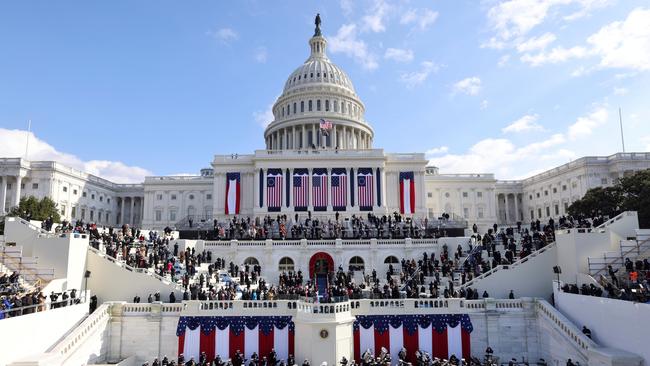
George Washington is the only president of the United States whose inauguration took place in New York City, then the American capital. These days that city is not even the capital of New York.
The ceremony was held at Federal Hall at 26 Wall Street, on the building’s balcony so that “the greatest number of the people of the United States, and without distinction, may be witness to the solemnity”.
How many attended is not recorded. Indeed, to keep government departments out of the squabbles about crowd sizes, inauguration attendances have not been measured for 30 years.
Nonetheless, it is believed that 1.8 million turned up for Barack Obama’s swearing in to his first term. President Trump’s staff claimed his 2017 inauguration was better attended, even though the man himself said “I looked out, the field was — it looked like a million, million and a half people”. Thus was the concept of “alternative facts” born.
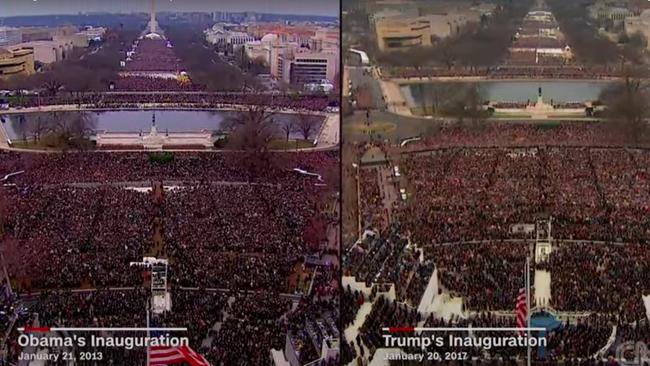
The smallest swearing-in audience was aboard Air Force One on November 22, 1963, hours after President John Kennedy had been assassinated. Just 27 people squeezed into the plane’s stateroom as it hurried to taxi to the runway to avoid the Dallas Police Department; JFK’s staff were illegally removing his body from a Texas crime scene.
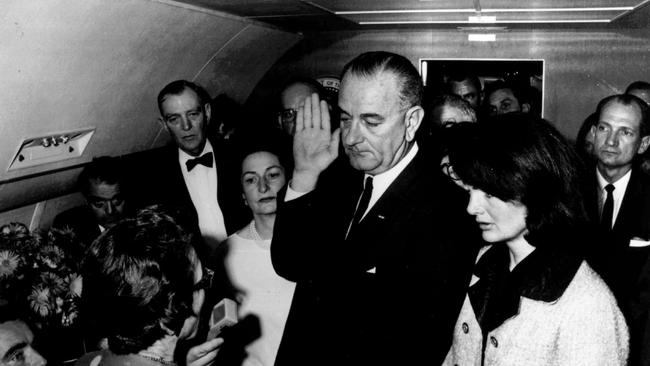
Washington and Trump have some things in common. Both had accumulated great wealth before politics. Washington was asset rich - he owned almost 25,000 hectares and 300 slaves – but was cash poor and had to borrow money to attend his own inauguration. The bus fare to the capital named after Trump’s predecessor will hardly trouble Trump and his family.
Washington’s event was a modest affair even if his arrival in Manhattan was met by ceremonial 13-gun salute from the two-mast brigantine Galveston, a former British ship captured in the Anglo-Spanish war. He was greeted on the shore by New York Governor George Clinton. (Bill Clinton - born William Jefferson Blythe - is not related to him, but Bill’s stepfather Roger was.)
Washington spoke 1429 elaborately embroidered words – and why stop at just two when 14 will do. At one point he tried to say America was the lucky country - 175 years before Donald Horne coined that phrase for another place. Instead he said that America was “an independent nation (that) seems to have been distinguished by some token of providential agency”,
He announced, with far too many words, that he was surprised but honoured to become leader and would do his best. His second inaugural address said much the same – in 135 words, the shortest such speech.
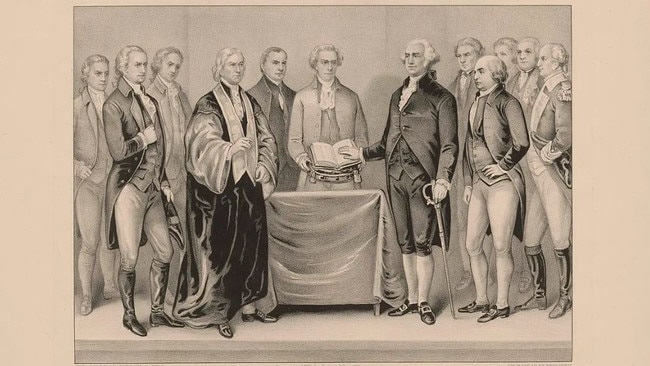
The longest speech was delivered by the president whose reign was shortest: William Henry Harrison. Harrison was the last president to be born British, the oldest to be elected, and the first to die in office. He attended the Hampden-Sydney College in Virginia (named in honour of executed British republican Algernon Sydney, whose name was adopted by his descendent Viscount Sydney, after whom the New South Wales capital is named).
On a very cold day in Washington, Harrison – who had served with distinction in the Indian Wars and in the American Revolutionary War - delivered his 8445 words (trimmed to that length by his soon-to-be secretary of state) before taking “an affectionate leave of you”. Maybe it was too late. During the two hours he spoke he was without a hat, an overcoat, or even a jumper. The freezing rain drenches his suit. After catching a train to the capital, had ridden on horseback to the ceremony. He fell ill days after and was diagnosed with pneumonia. His treatment was witchdoctory: he was given a mustard powder dressing, administered a laxative, and prescribed opium and camphor and given wine and brandy after some of his blood was let out.
About 160 years later, after reviewing the files, experts came to the conclusion that with the White House downstream of a local sewage flow, Harrison had likely contracted a serious enteric fever – typhoid – from salmonella poisoning. It is thought his successors, James Polk and Zachary Taylor, also died from similar diseases resulting from the same contaminated water. The pipes were fixed in 1853 and no president has suffered water-borne disease since.
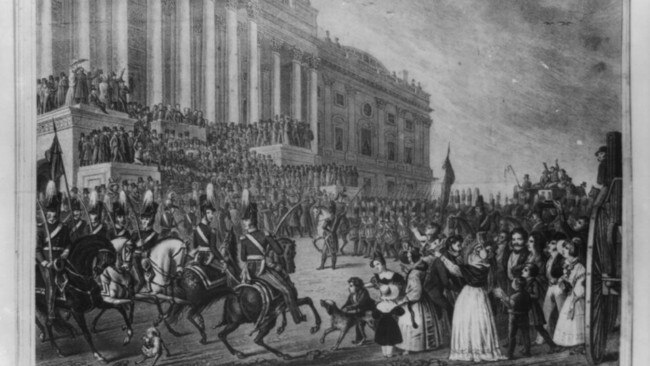
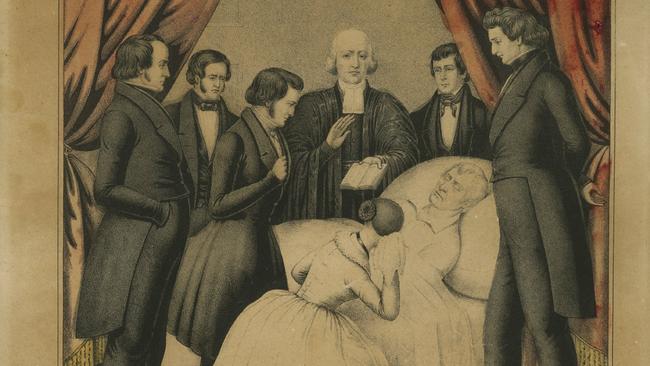
Ted Sorensen was a lawyer trusted by JFK and brought into his inner sanctum where he gave advice, but more notably, wrote speeches for the president (as well as most of Kennedy’s Pulitzer prize-winning book Profiles in Courage published in 1956). But he always insisted he did not write Kennedy’s most inspiring line in his inaugural address: “Ask not what your country can do for you — ask what you can do for your country.” Kennedy, too, had shed his overcoat, scarf and gloves in an effort to appear virile even though he was in any case, and remains, the youngest president.
Kennedy had befriended ageing Boston local Robert Frost and asked him to write and recite a poem for his inauguration. Frost was perhaps the most popular American poet of the 20th century and by the time he met Kennedy already had four Pulitzer prizes. Many Australian school children of the 1960s and 1970 were taught and had to analyse two of his most famous poems, The Road Not Taken and Mending Walls. The first Indian Prime Minister, Jawaharlal Nehru loved Frost’s books and had one at his bedside when he died in 1964.
Frost, aged 86, wrote and was to read his poem Dedication at Kennedy’s big day. Its final stanza ended with the words:
Firm in our free beliefs without dismay
In any game the nations want to play
A golden age of poetry and power
Of which this noonday’s the beginning.
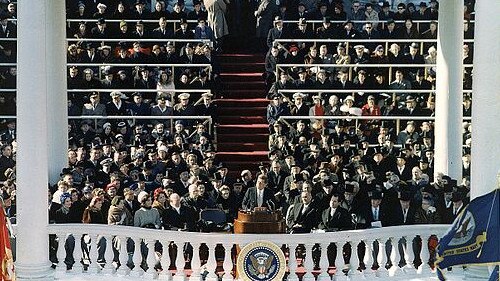
He stood at the podium, but with the winter sun low, and glaring off his notes, he was unable to read them and so, from memory, recited another of his works, The Gift Outright, today callously dismissed by the woke as assuming colonisers had tamed the land.
Kennedy undoubtedly had the finest line-up of talent at his daytime swearing in and at the ball that followed. The evening event was MCd by Frank Sinatra and featured Ethel Merman, Sidney Poitier, Ella Fitzgerald (who flew in from tour in Australia where she’d been performing with Horrie Dargie and the BP Super Show Band), Tony Curtis, Jimmy Durante, Janet Leigh, Harry Belafonte, with Gene Kelly performing an Irish jig, highlighting Kennedy’s Irish antecedents, and then a scene-stealing couple of songs by Nat King Cole, including Stardust. Washington had seen nothing like.
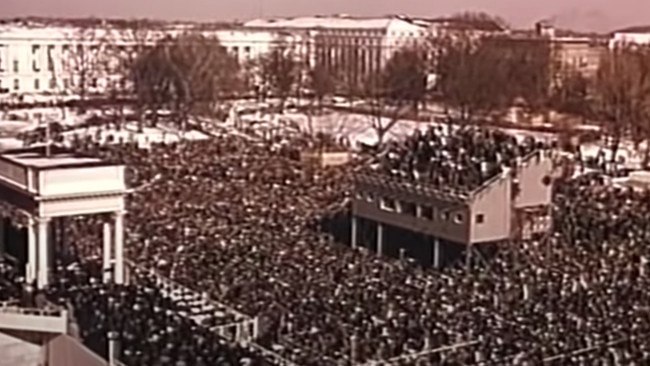
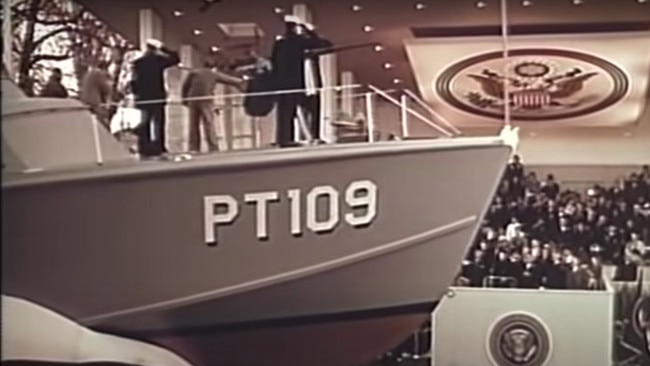
At Franklin D Roosevelt’s 1941 party, the featured artists were Charlie Chaplin and a young up-and-comer 19-year-old called Mickey Rooney. It was MCd by Douglas Fairbanks Jr dressed as a British naval officer.
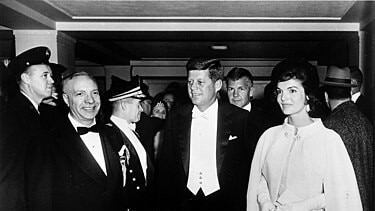
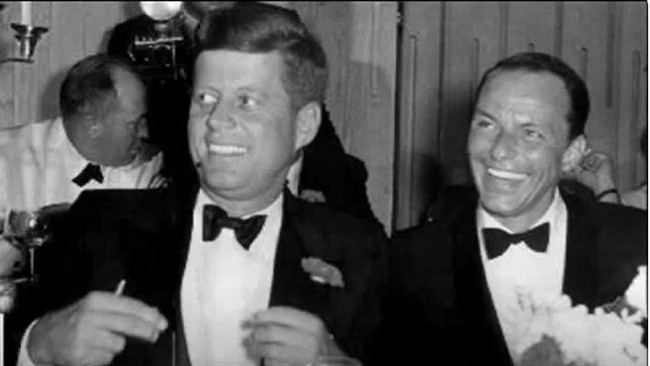
Civil rights champion Marion Anderson, who had sometimes been banned from singing during the years of America’s racial segregation, was pointedly asked to sing The Star Spangled Banner at Republican president Dwight D Eisenhower second inauguration in 1957. Ever the clever publicists, Kennedy’s team had her back in 1961.
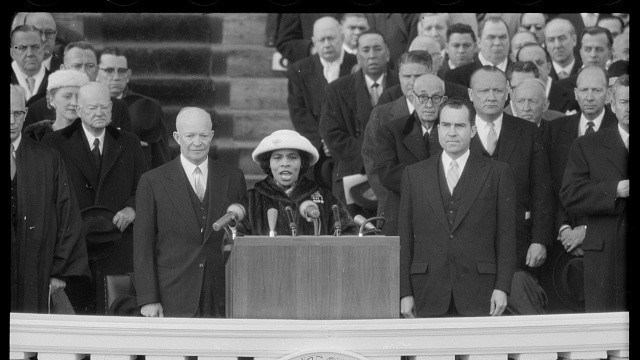
Richard Nixon tried to outdo Eisenhower and Kennedy in 1969 by inviting Tony Bennett and Connie Francis along with funk superstar James Brown, who not only voted Democrat but promised to sing his legendary anti-racism anthem Say It Loud – I’m Black and Proud. The Secret Service reportedly insisted Nixon not attend; weeks earlier a Brown gig had ended in a riot of smashed windows. Brown kept it nice and sang it anyway. Years later he was photographed with Nixon in the Oval Office.
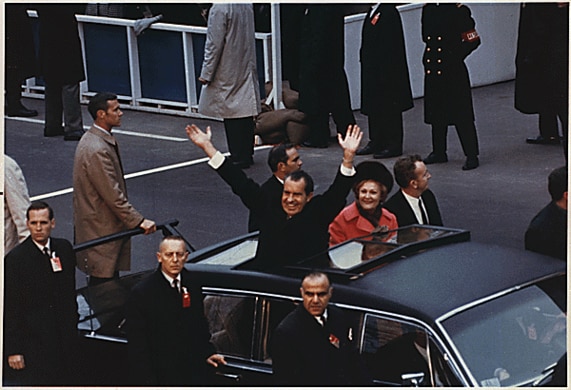
Ronald Reagan had a straight-laced Dean Martin, Burt Reynolds and by now star-for-hire Sinatra as guests at his inauguration. The safe Johnny Carson, Jimmy Stewart and Bob Hope performed.
In 1993, Bill Clinton asked Barbra Streisand, Elton John, Chuck Berry, Michael Jackson and Fleetwood Mac to play at his inaugural ball. He’d used the band’s Don’t Stop as his campaign theme tune, but was unaware it had broken up and the members were at each other’s throats. Stevie Nicks negotiated a peace deal and they sang that song.
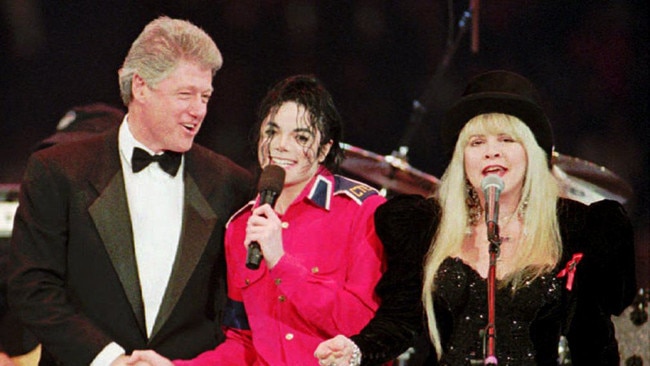
George W Bush bravely called on gay Catholic singer Ricky Martin to perform at his inauguration at which, perhaps for the first time, an entertainer sang other than in English. Martin summoned Bush to his feet end encouraged him to dance. Bush stood up but was too smart to dance next to the star; Bill Shorten might have taken that lesson on board.
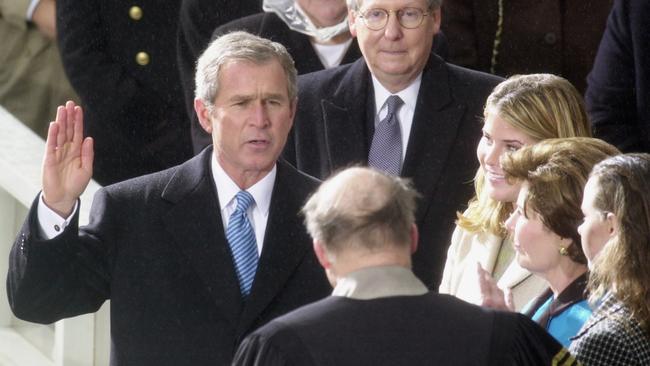
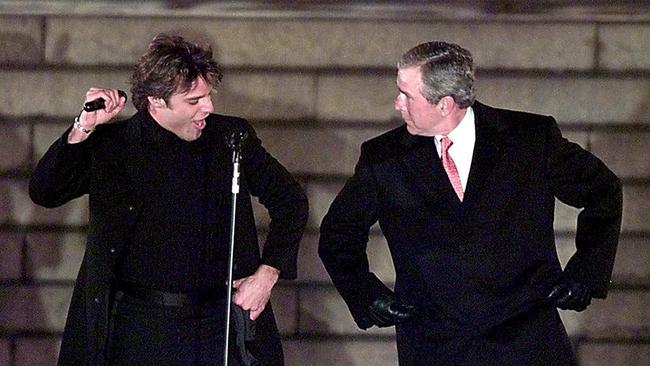
But one star sticks out from recent inauguration performers: Lady Gaga at Joe Biden’s four years ago. America’s national anthem is fiendishly complex and an intimidating challenge even for great singers. A cleverly improvised version by Jose Feliciano at the World Series in 1968 had Americans throwing their shoes at televisions. It ended his career. Others to come a cropper with it are Aerosmith’s Steven Tyler, Cyndi Lauper, Christina Aguilera, Anita Baker, Michael Bolton and even Aretha Franklin.
Gaga – born Stefani Joanne Angelina Germanotta - strode towards the microphone purposely, nodding hello the dignitaries. After a moment’s wait for the United State Marine Band to strike up, she held up a gold microphone and confidently began with those odd words “Oh say, can you see”.
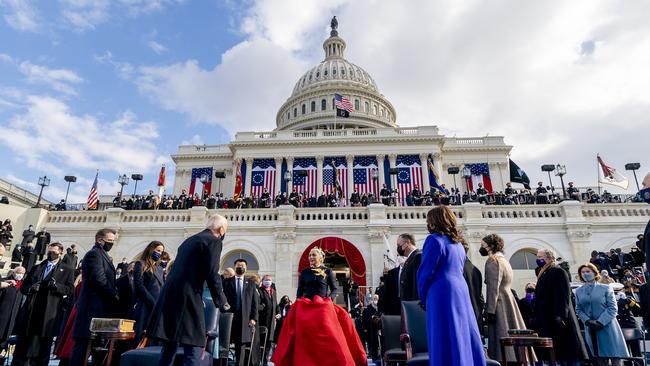
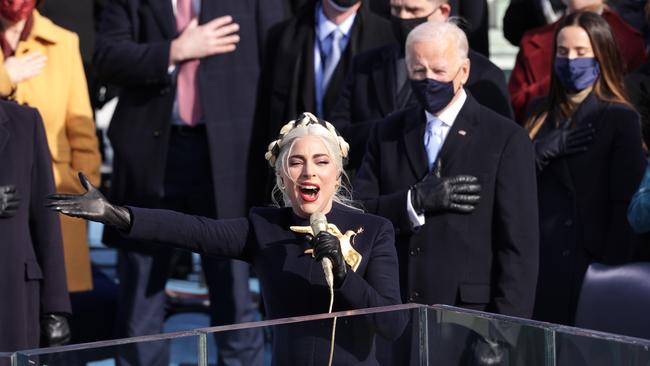
She conquered the time signature changes, the mad leaps in notes, the exhausting range and unconventional lyrics. It was a vocal tour de force with some detailed arm motions by Gaga, a mezzo-soprano, not least of which waving to the flag on top of the building while singing “that our flag was still there”, many understanding it a subtle reference to the violence that had occurred on those steps just days earlier. There was another grand moment when she waved her right hand across the distant audience including them all as she sang “and the home of the brave”. It is one of the greatest live performances you will ever see.
Donald Trump’s Village People have a lot to live up to.


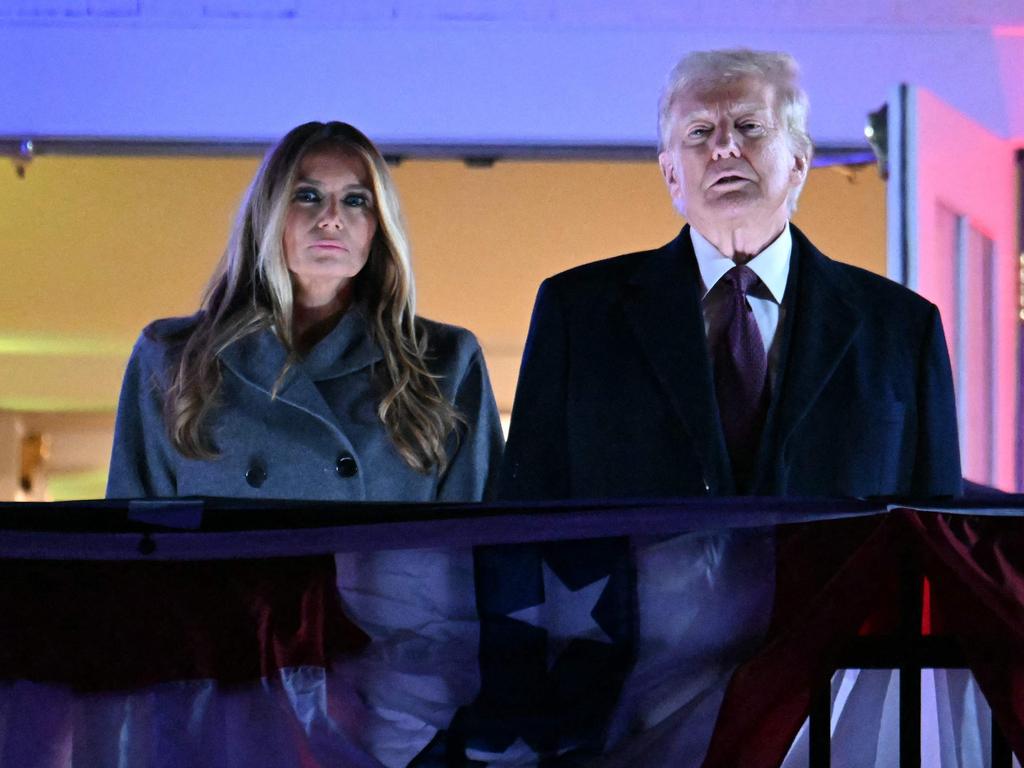




To join the conversation, please log in. Don't have an account? Register
Join the conversation, you are commenting as Logout